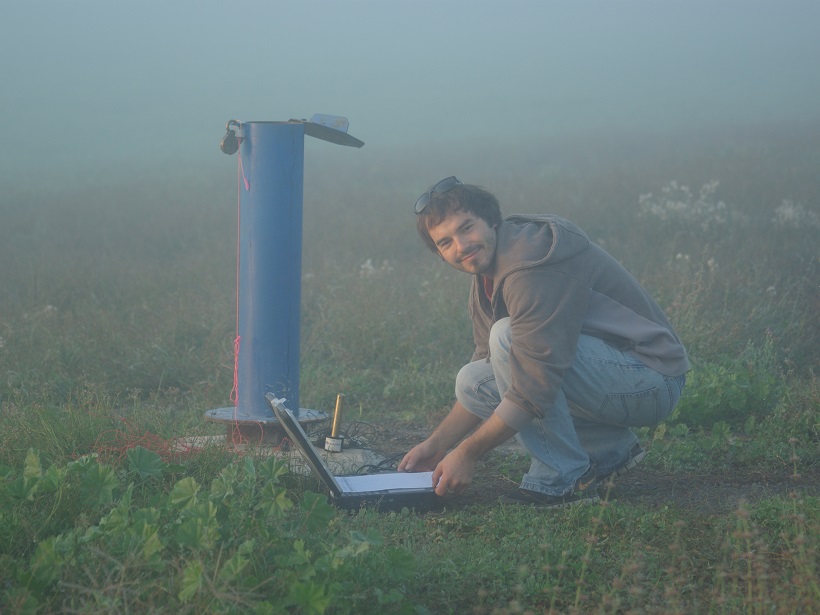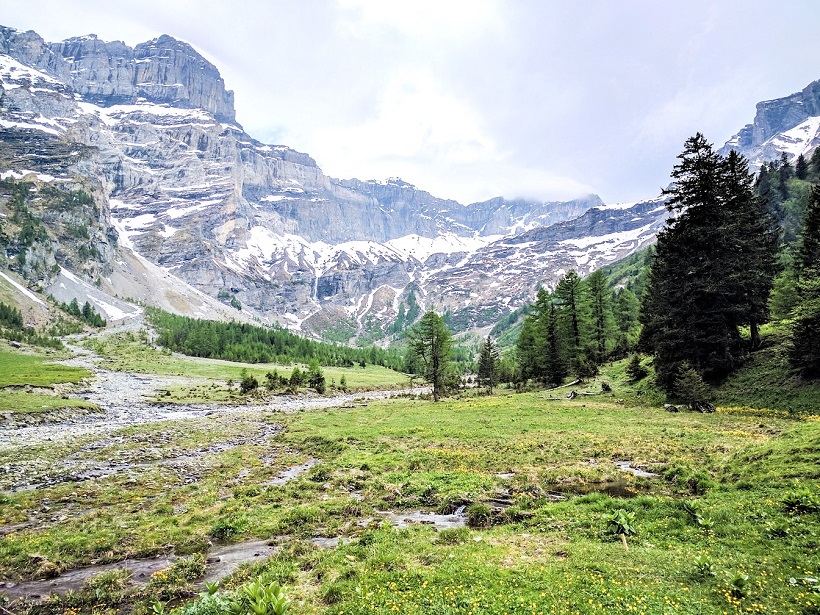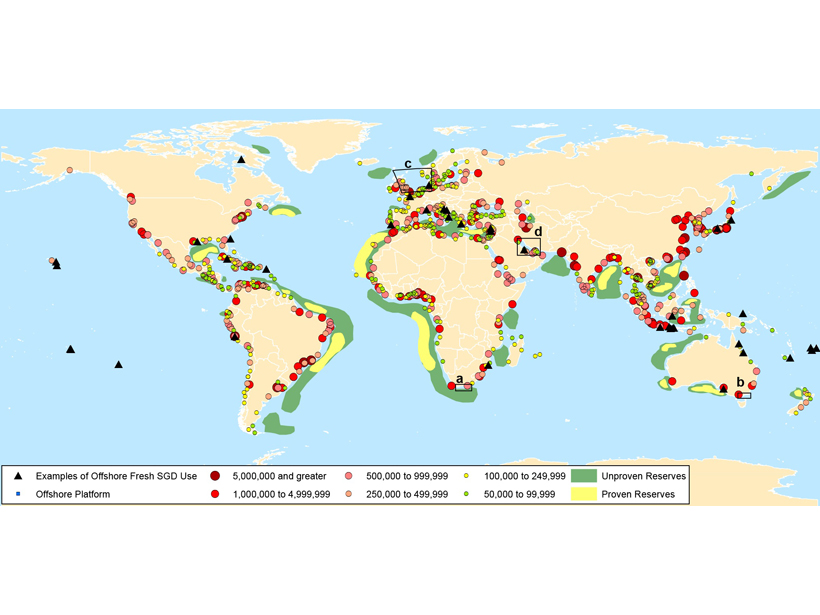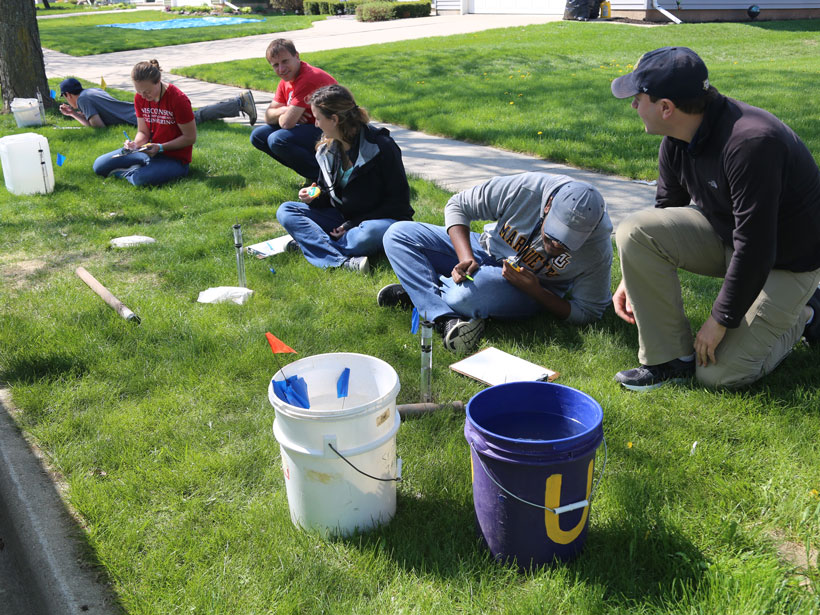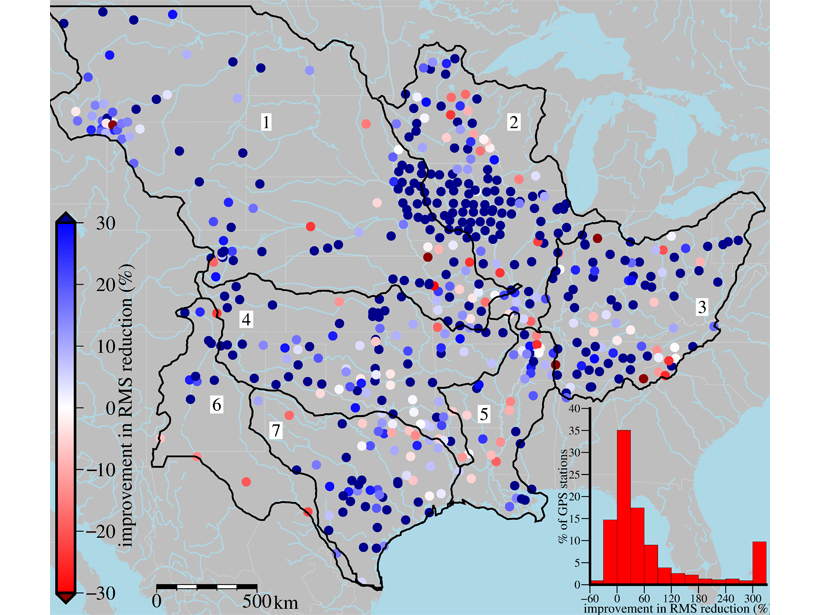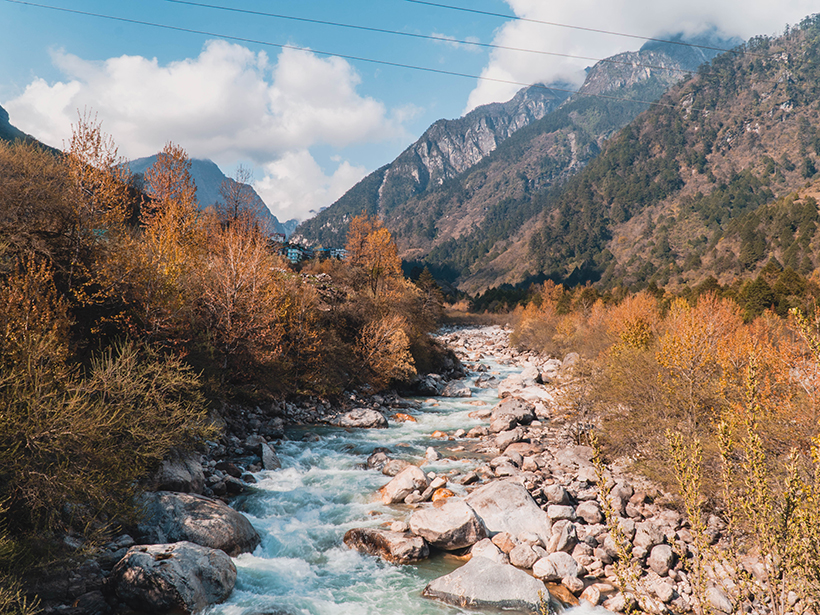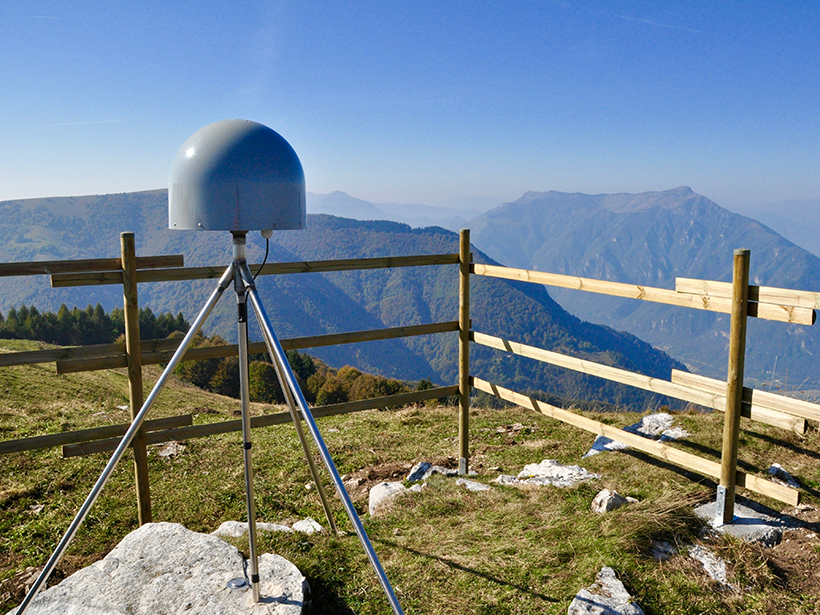Earth and atmospheric tide signatures embedded in groundwater levels are a potential game changer in the monitoring of confined aquifers.
groundwater
How Diverse Observations Improve Groundwater Models
Including diverse observations of exchange fluxes, tracer concentrations and residence times in groundwater model calibration results in more robust predictions than using only classical observations.
Ancient Water Underlies Arid Egypt
A hidden trove of groundwater is left over from the last ice age.
“Legendary” Mentor Follows the Groundwater
Mary Pikul Anderson, a lauded hydrogeologist, has advised more than 50 graduate students.
Pumping Offshore Groundwater Resources Has Consequences on Land
While vast volumes of fresh groundwater are located offshore, pumping these reserves can also deplete on-shore aquifers and cause land subsidence.
Strategies to Improve Urban Hydrology
Cities can reduce surface runoff and increase groundwater recharge by encouraging their residents to implement simple, hydrologic modifications on individual buildings and single-family parcels.
A Closer Look at the Sustainability of Our Groundwater Aquifers
Researchers use a new approach to assessing the world’s largest aquifers in hopes of improving groundwater management during drought periods.
Bulging, Shrinking, and Deformation of Land by Hydrologic Loading
The deformation of continents by groundwater can be measured locally by GPS or detected from satellites, but more precisely monitored when measurements are combined with a hydrologic model.
A Closer Look at Turbulent Transport in Gravel Streambeds
Lab-built streams reveal new insights into turbulence-driven exchange of dissolved substances between stream water and sediments below.
Karst Groundwater Contributes to Deformation in Eastern Alps
GPS data show compression and extension strains in the region resulting from changes in aquifer water levels.

